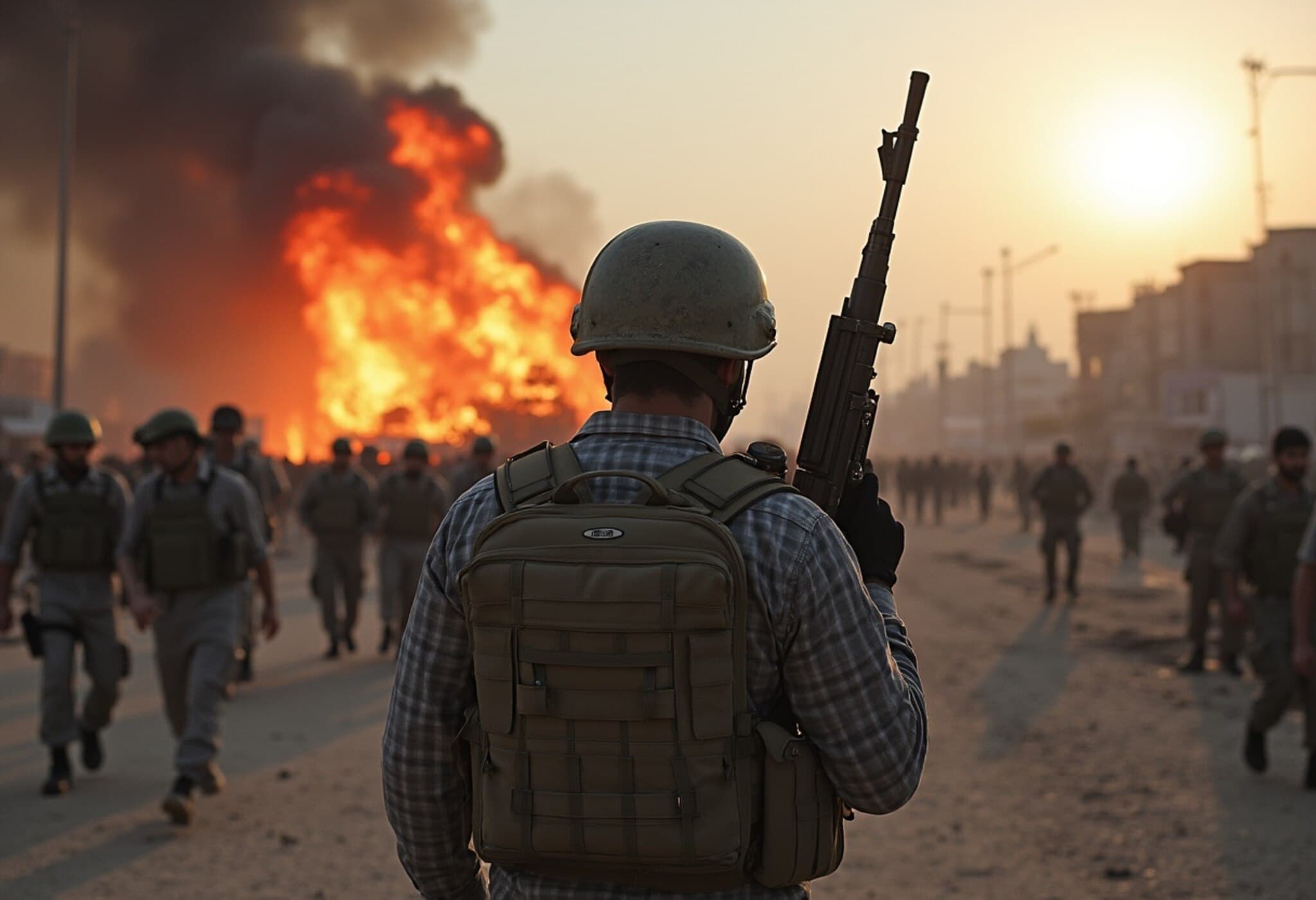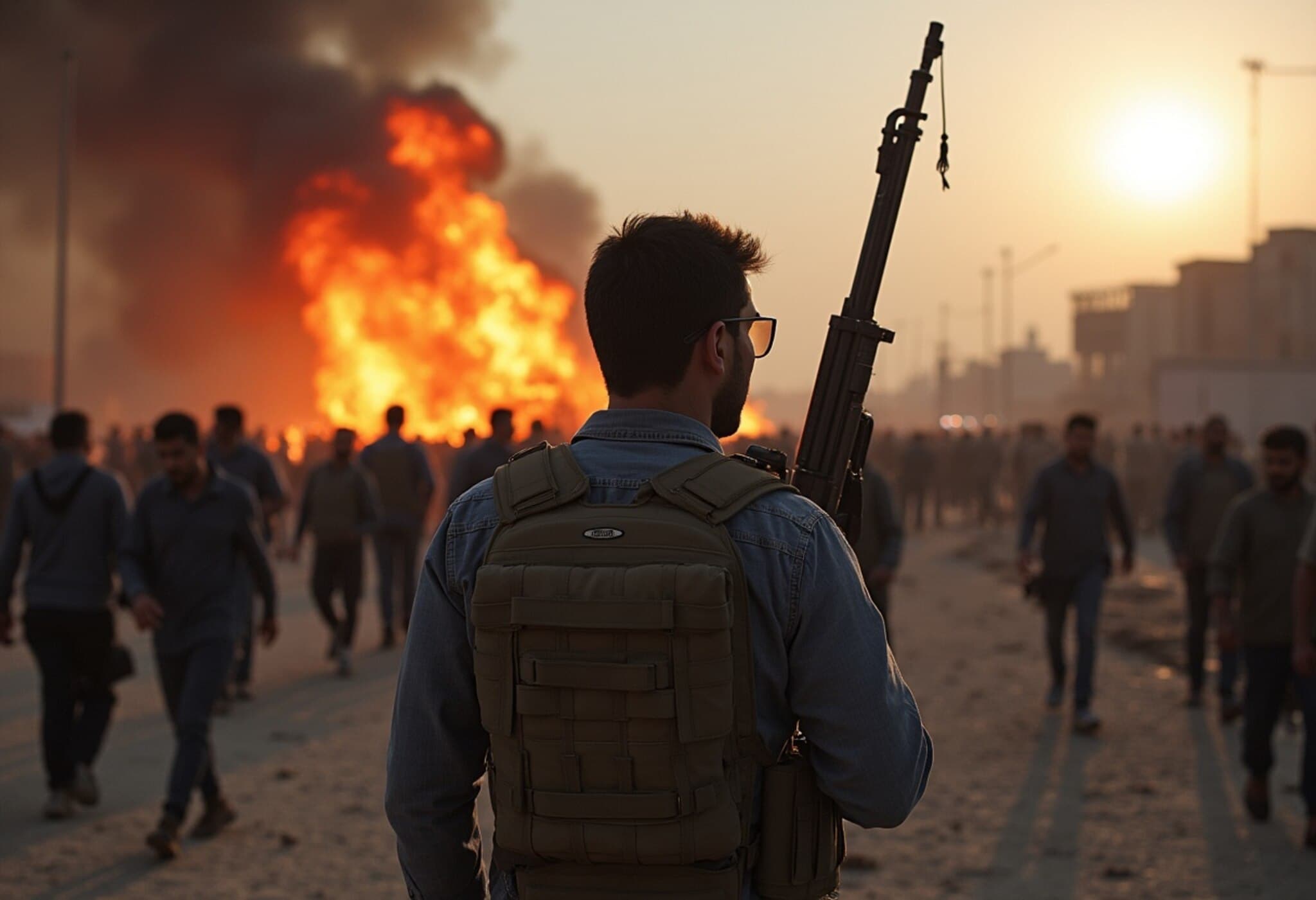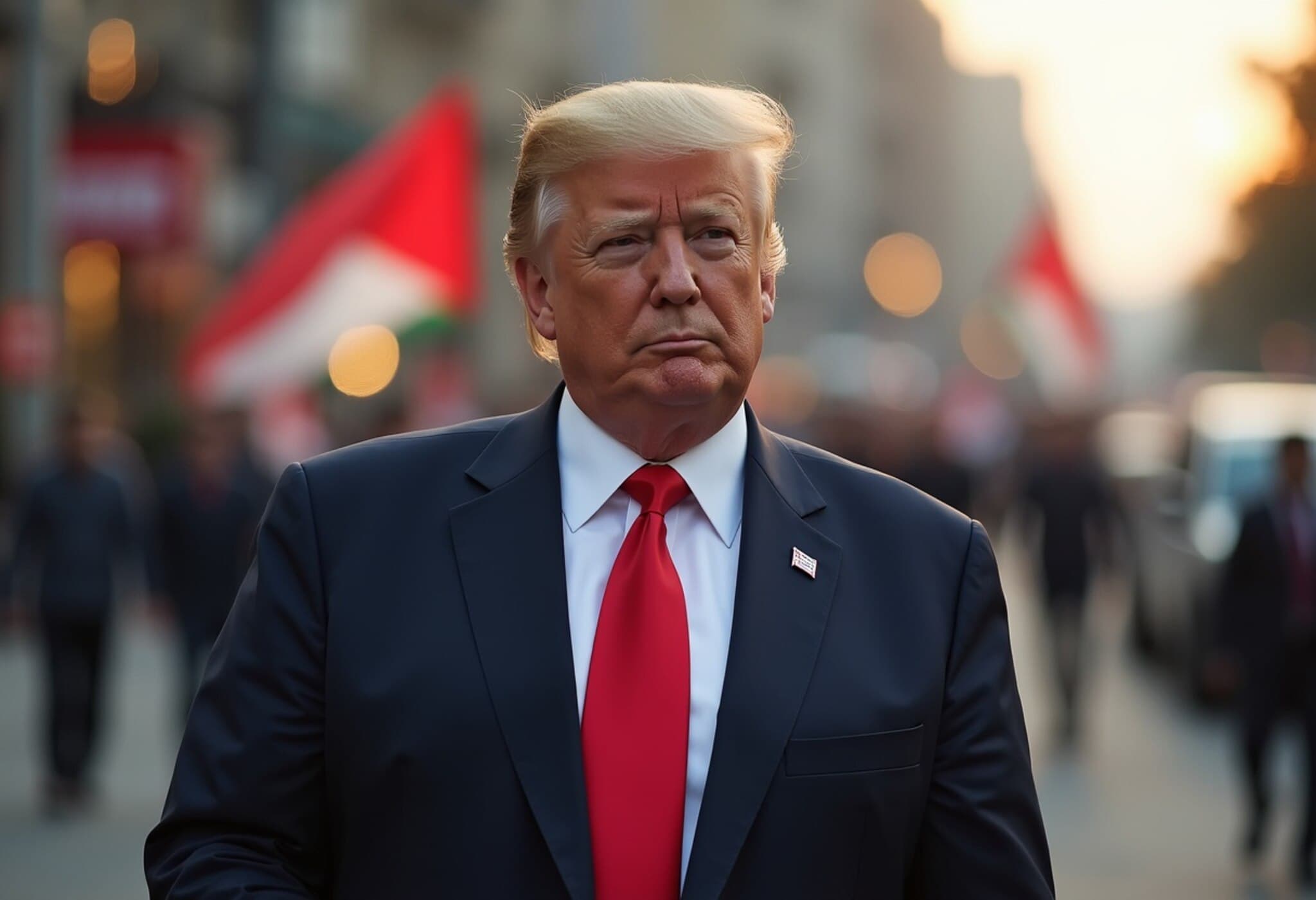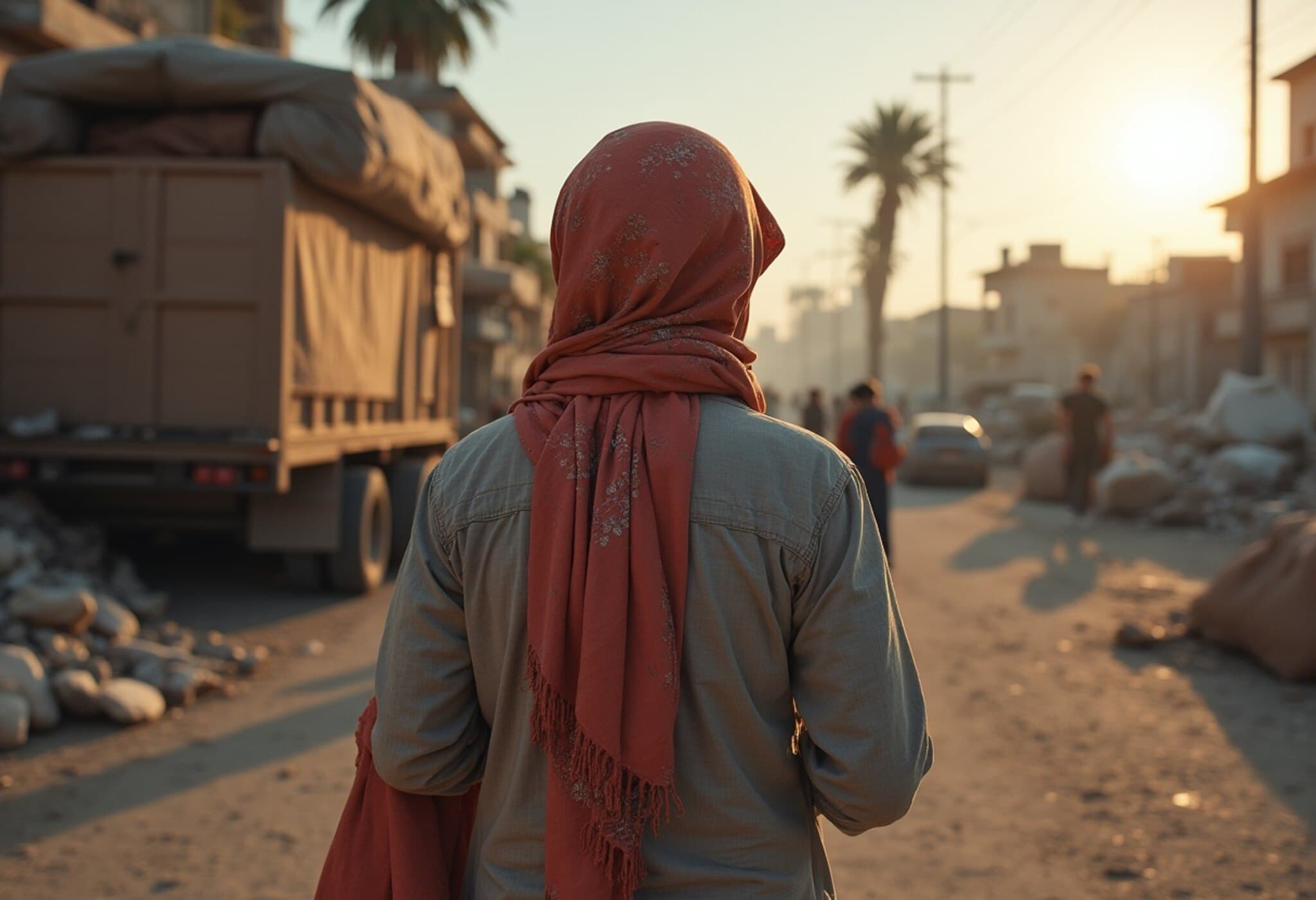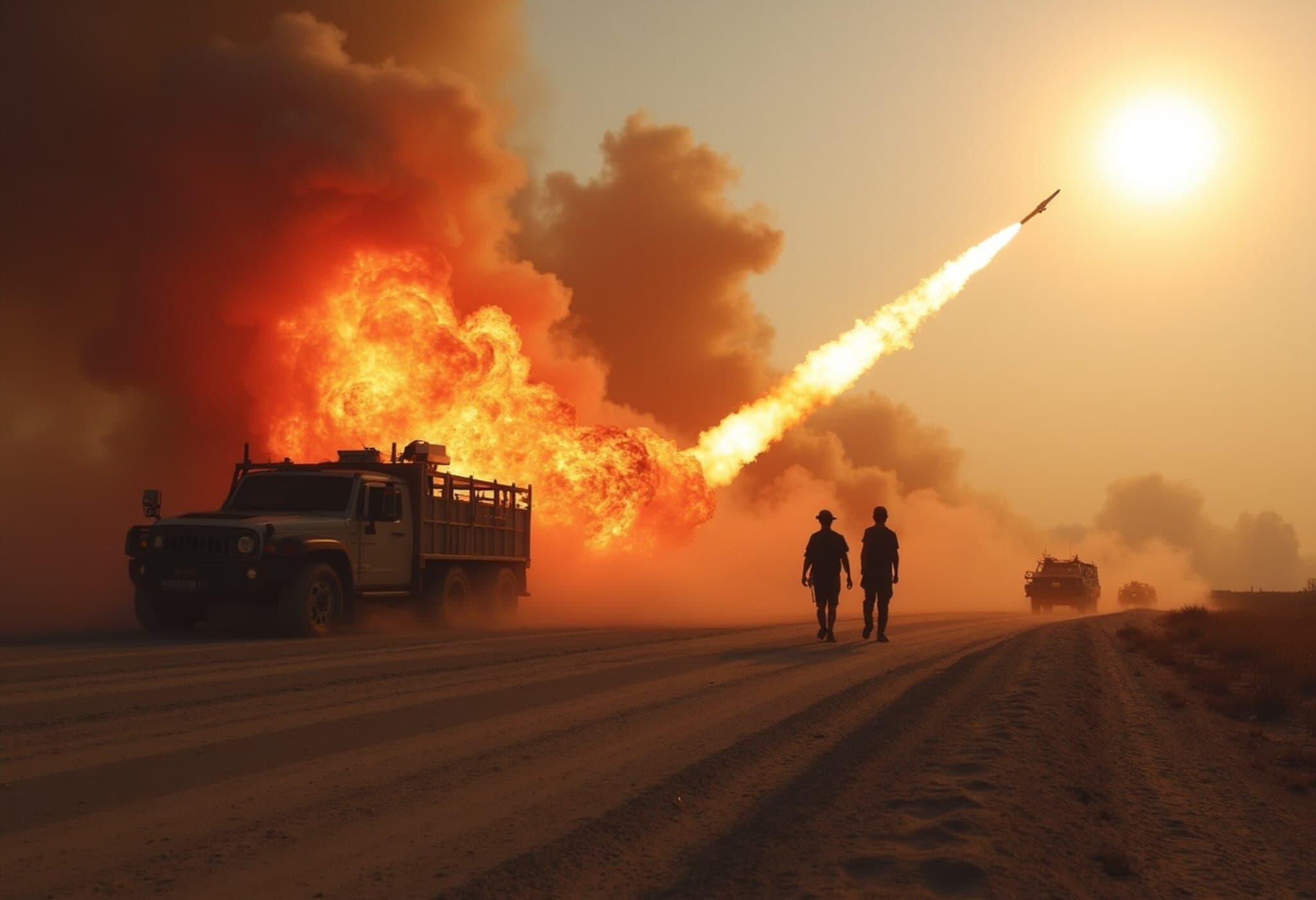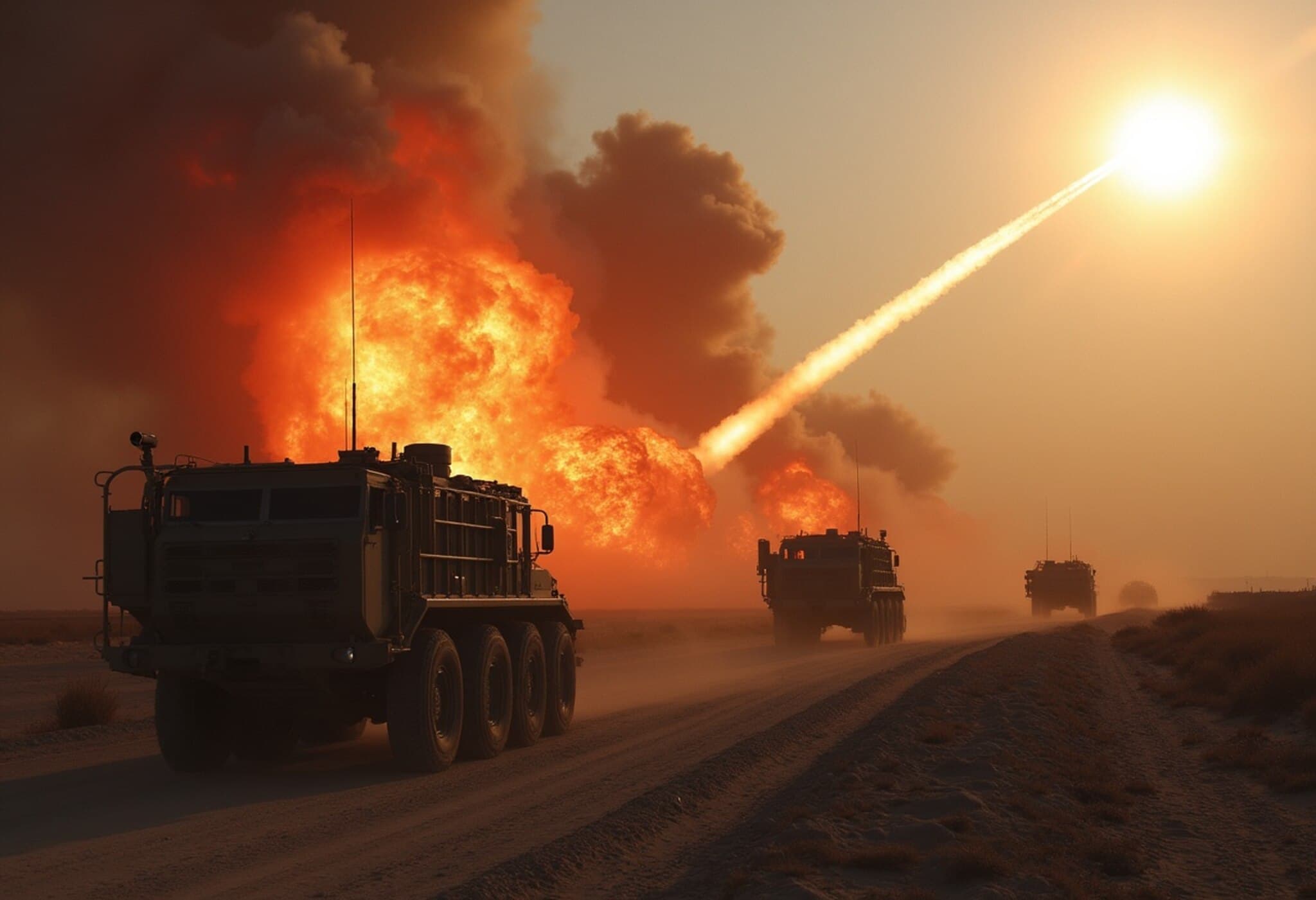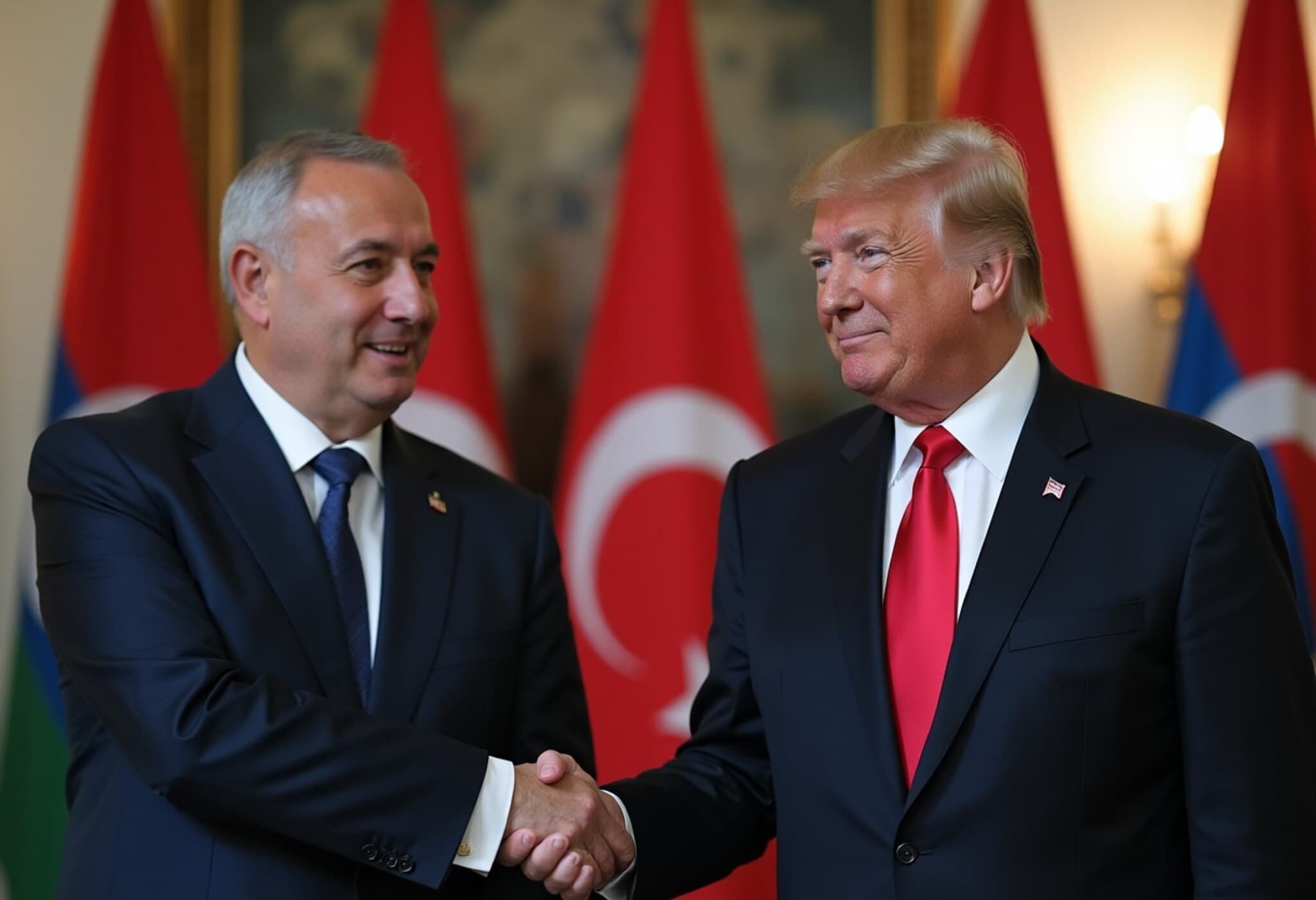Hamas Maintains Payroll to 30,000 Civil Servants Despite Economic Isolation
Nearly two years into the devastating conflict that has crippled Gaza, Hamas continues to pay salaries to approximately 30,000 civil servants, according to a recent investigation by the BBC. Remarkably, these payments total an estimated $7 million, despite severe economic blockades, the destruction of infrastructure, and crushing inflation.
The Secret Mechanics Behind the Payments
With Gaza’s banking system in near collapse and strict restrictions imposed by Israel, Hamas has adopted a highly secretive cash-based payment method to ensure its civil servants receive their wages. Civil servants, including police officers and tax officials, are discreetly notified through encrypted messages—often employing coded language such as “meet a friend for tea” at specific times and places.
At these clandestine meetings, couriers deliver sealed envelopes stuffed with cash before vanishing without trace. This covert strategy helps Hamas evade detection, though couriers face significant risks; Israeli forces have repeatedly targeted these individuals to disrupt the group's stability.
The Human Cost Behind the Numbers
For the civil servants themselves, the payment system symbolizes both a lifeline and a perilous endeavor. A Ministry of Religious Affairs employee shared his anxiety with the BBC: “Every time I go to pick up my salary, I say goodbye to my wife and children. I know that I may not return.”
Likewise, a Gaza schoolteacher, who is the sole provider for his family of six, described the crushing economic reality: “I received 1,000 shekels (about $300) in worn-out banknotes—most vendors refuse to accept them. Only 200 shekels were usable. After months of hunger, they paid us in tattered cash.”
With rampant inflation pushing flour prices to a staggering $80 per kilogram, food insecurity has surged, forcing many to rely heavily on intermittent aid distributions just to survive.
Financial Networks amidst Conflict
Despite Israeli strikes targeting Hamas’s financial leaders and infrastructure—including the reported killing of finance chief Ismail Barhoum in March—the group sustains this payment system from various resource pools. A senior Hamas official revealed to the BBC that prior to launching the 7 October 2023 attack on Israel, Hamas stockpiled roughly $700 million in cash and hundreds of millions of shekels tucked away in underground tunnels, managed by now-deceased senior figures.
Revenue streams include import duties, local taxation, and substantial aid from Qatar. Simultaneously, Hamas’s military wing, the Qassam Brigades, operates a separate financial apparatus largely funded by Iran. Reports also suggest around 10% of Hamas’s budget could derive from affiliated Muslim Brotherhood networks.
Economic Survival Tactics and Public Backlash
To generate revenue amid war and blockade, Hamas has imposed heavy taxes on local traders and dramatically inflated prices on goods—cigarettes, for example, have ballooned from $5 to over $170 per pack. Alongside partial salary payments, Hamas distributes food parcels selectively through rotating local emergency committees. This practice has spurred accusations of favoritism, fueling public frustration over the group's apparent prioritization of loyalists while broader impoverished populations face neglect.
Amid recurring ceasefires, Israel has accused Hamas of diverting humanitarian aid for its own purposes, claims Hamas denies. However, multiple independent Gaza sources confirm significant aid diversion during ceasefire periods, complicating the already dire humanitarian situation.
Contextual Insights and Broader Implications
This sustained payroll system illuminates how Hamas maintains administrative control and a semblance of governance even under extreme duress. It underscores the complex interplay between political authority and survival in conflict zones. For the United States and international policymakers, understanding these mechanisms offers a window into the resilience of Hamas’s governance and the challenges inherent in addressing Gaza’s humanitarian crisis without empowering militant factions.
Moreover, the human stories behind these payments highlight the dire conditions ordinary civilians endure, caught between economic hardship and geopolitics, reminding global audiences of the urgent need for sustainable peace and aid strategies rooted in transparency and equity.
Editor’s Note
As this analysis shows, the continuation of salary payments by Hamas amidst economic blockade and conflict reveals the group’s resilience and tactical adaptation. However, the system’s partiality, fraught with risk and insufficiency, exacerbates civilian suffering and sows internal discontent. This dynamic raises critical questions: How can international actors navigate supporting Gaza’s humanitarian needs without unintentionally strengthening Hamas? What innovative solutions exist to restore Gaza’s economy and banking while ensuring aid reaches all, unfiltered by political agendas? Addressing these questions is vital for any meaningful progress toward stability in the region.



